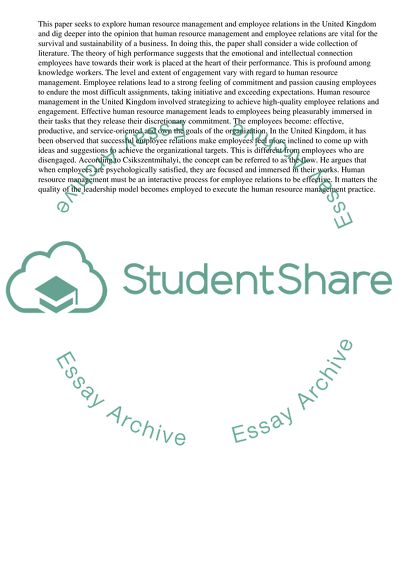Cite this document
(Business Management Employee Relations Research Paper - 1, n.d.)
Business Management Employee Relations Research Paper - 1. Retrieved from https://studentshare.org/management/1785371-human-resource-management
Business Management Employee Relations Research Paper - 1. Retrieved from https://studentshare.org/management/1785371-human-resource-management
(Business Management Employee Relations Research Paper - 1)
Business Management Employee Relations Research Paper - 1. https://studentshare.org/management/1785371-human-resource-management.
Business Management Employee Relations Research Paper - 1. https://studentshare.org/management/1785371-human-resource-management.
“Business Management Employee Relations Research Paper - 1”, n.d. https://studentshare.org/management/1785371-human-resource-management.


